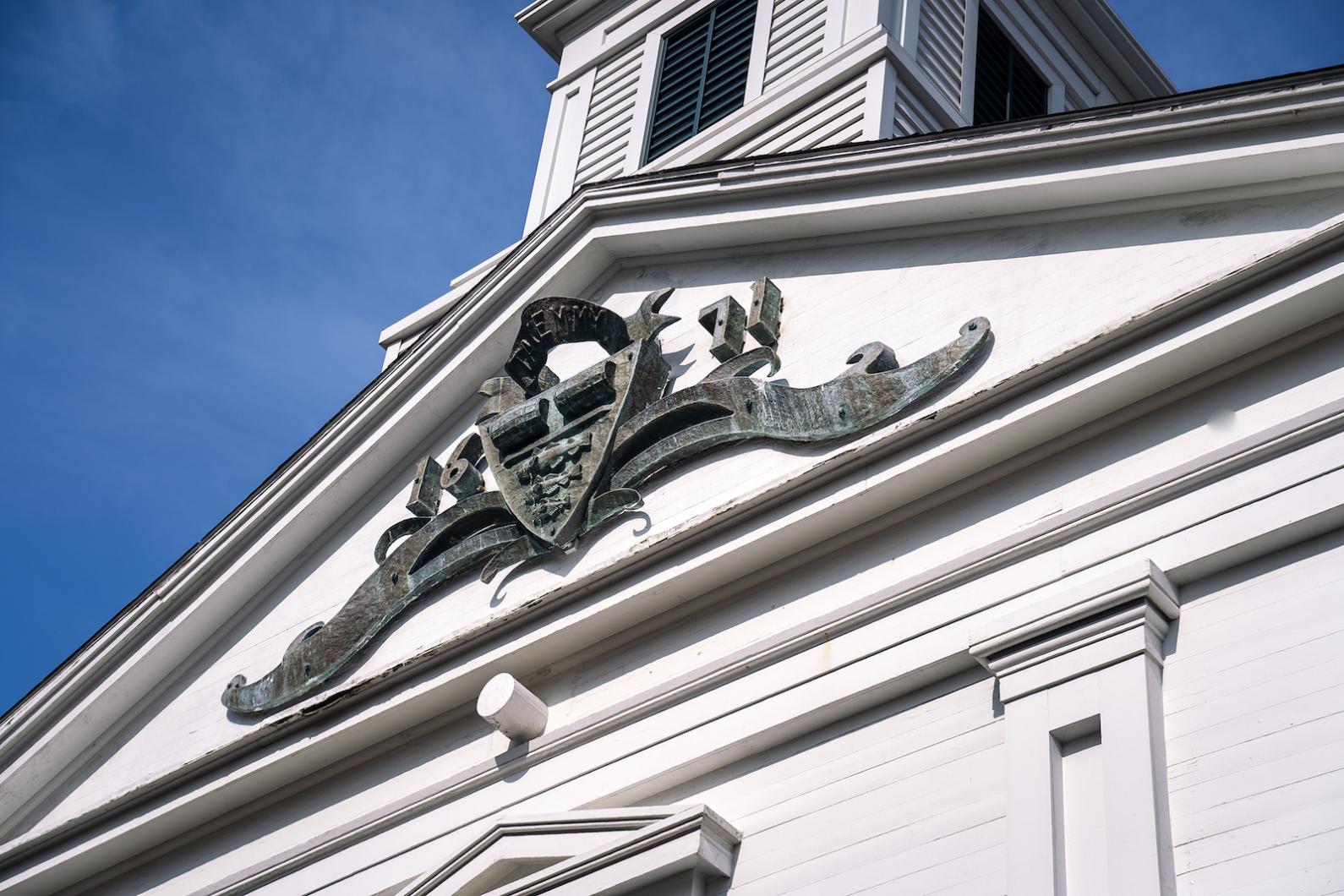A pair of newly-discovered bookkeeping snafus have sent Tisbury officials scrambling to reduce a $1.5 million Proposition 2 1/2 override vote at the annual town meeting May 28.
Town finance director Jon Snyder told the select board Wednesday that when calculating Tisbury’s levy limit — the dollar amount of property taxes, which towns must have voters’ approval to increase beyond 2 1/2 per cent annually — he had mistakenly included a $1.2 million, one-time reserve fund exclusion from the previous fiscal year.
Mr. Snyder said he learned of his error Wednesday morning when reviewing the calculations with former longtime town accountant Suzanne Kennedy, who retired at the end of 2023.
“I based my levy limit worksheet on the work she’d done last year,” he said.
Mr. Snyder also missed a $279,000 warrant article for the wastewater department, he said.
Correcting the errors throws Tisbury into an override position that town officials — including Mr. Snyder — have been working for months to avoid, said Nancy Gilfoy, who chairs the finance and advisory committee. If an override is passed, it would raise property taxes.
“The [committee] has been working very hard to avoid an override,” Ms. Gilfoy said at Wednesday’s select board meeting.
On Tuesday night, the finance committee believed it was $300,000 under the limit, she said.
“It’s very disappointing [that] the calculations were not accurate… It’s a really significant override,” said Ms. Gilfoy, who agreed to call a finance committee meeting for Monday to look for ways to reduce the levy.
“We’ll see if we can bring it down,” she said.
The select board will then meet Tuesday to discuss and act on the committee’s recommendations, board chair Roy Cutrer said.
Proposition 2 1/2 overrides are not unusual for Tisbury, which has voted for them eight times since 2007, according to a slide Mr. Snyder displayed during Wednesday’s online select board meeting.
The largest override, nearly $1.3 million, came in 2014 to balance the town’s budget. The last override, in 2022, was the second largest at $750,000, again to bridge a budget gap.






Comments (1)
Comments
Comment policy »